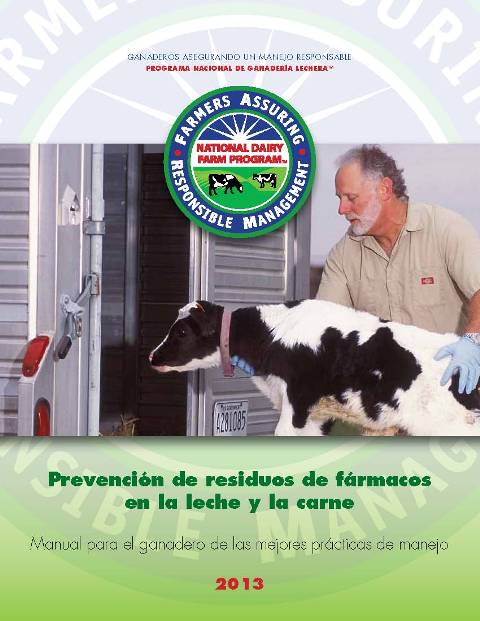The lesson from the 1993 Bill Murray movie Groundhog Day is that until you get the important things right in life, you have to keep reliving the past over and over again. As the New Year begins in 2013, it seems just like Groundhog Day on Capitol Hill.
On the morning of January 1st, 2013, the Senate passed a farm bill that was exactly like the farm bill that had expired at midnight Dec. 31st. The House followed by passing the same bill later in the day. After a year of working to create a more modern farm safety net that saves taxpayer dollars and better protects dairy farmers’ equity, we’ve ended up right back where we started 12 months ago. We have another nine months of the MILC program (which isn’t forecast to pay out anything for the foreseeable future); the Dairy Export Incentive Program (which the USDA won’t use); and the dairy product price support program (with levels set far below those that will generate any price-enhancing activity).
Congress did avert the dairy cliff – the return of the 1949 permanent law that would have generated billions in government price support program purchases – but in so doing, arrived back where it started, at a status quo that offers nothing of real value to dairy farmers.
How did this happen, particularly after the Senate previously had passed a reform-minded, budget-cutting bill containing the Dairy Security Act – and the House Agriculture Committee had done the same? Unfortunately, what transpired on the last few days of 2012 was the creation of an insider deal by congressional leaders who turned their backs not only on dairy farmers, but also on the policy experts in the Congress who actually understand the issues at stake.
The 2012 Farm Bills, in both the Senate and House, were bipartisan creations, with tough choices and compromises made to bring them to fruition. None of that seemed to matter in the end, however, as the hard work evident in both farm bill versions was buried by a last minute deal that’s a slap in the face to those who worked hard to do the right thing using the right political processes.
In Groundhog Day, Murray finally progresses forward after he learns some tough lessons – and gains valuable insights – about how he has been conducting his life. Where the dairy cliff is concerned, the most important lesson is that we again are confronted with this reality: the risk of balancing and stabilizing the marketplace continues to fall on the backs of cooperatives and ultimately it is the dairy farmer who is at the greatest risk in our system. We can try to convince ourselves that we are working on a number of positive issues with processors, both in the policy and non-policy areas, but if dairy farmers are always the ultimate victim of inadequate policy or programs, we will continue to see our farm families exiting the business.
All good intentions are wasted if ultimately our farmers cannot produce milk at a profit. This last sentence must be our mantra, and we must base our future direction whether it is in policy, promotion or other ventures.
We can rage against midnight deals in Congress, those that, by not moving dairy policy forward, move us back to where we started last year. But we also have to learn lessons about how to maximize our influence in Washington, using the grassroots power that only the farm community can muster.
Otherwise, we’ll keep waking up to the same old policies, day after day, year after year.
 NMPF is now accepting applications for its National Dairy Leadership Scholarship Program for academic year 2013-2014.
NMPF is now accepting applications for its National Dairy Leadership Scholarship Program for academic year 2013-2014.
 Last month, NMPF released a revised version of its Spanish residue prevention manual Prevención de residuos de fármacos en la leche y la carne for 2013. As an area of focus for the National Dairy FARM ProgramTM, the manual can be found on the FARM Program’s website. This version was translated to Spanish from the revised 2013 Milk and Dairy Beef Drug Residue Prevention Manual, which was released in the fall.
Last month, NMPF released a revised version of its Spanish residue prevention manual Prevención de residuos de fármacos en la leche y la carne for 2013. As an area of focus for the National Dairy FARM ProgramTM, the manual can be found on the FARM Program’s website. This version was translated to Spanish from the revised 2013 Milk and Dairy Beef Drug Residue Prevention Manual, which was released in the fall. Additional materials available online
Additional materials available online



